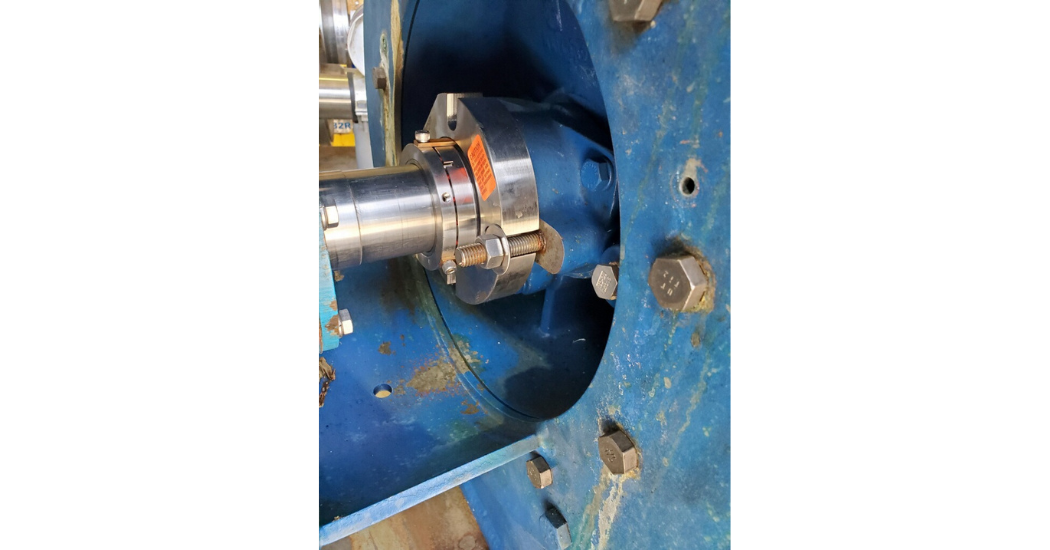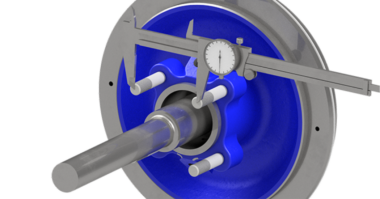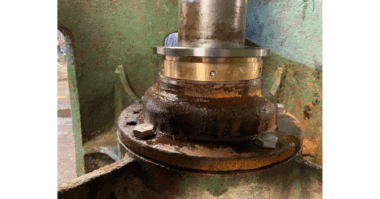The maximum allowable leakage rate for mechanical seals depends on various factors, such as the application, fluid type, operating conditions, and industry standards. In industrial applications, a typical benchmark for mechanical seals is a leakage rate of approximately 10-50 milliliters per hour (ml/hr) for single seals. The allowable leakage rate may be significantly lower for more critical applications, such as those involving hazardous or toxic fluids, often measured in parts per million (ppm) or micrograms per hour.
Reasons for Allowable Leakage Rate:
- Safety: Keeping the leakage rate within acceptable limits is crucial to prevent the escape of hazardous fluids, reducing safety risks to both personnel and the environment.
- Regulatory Compliance: Many industries are subject to strict regulations regarding fluid containment and environmental protection. Adhering to allowable leakage rates helps meet these regulatory requirements.
- Equipment Protection: Excessive leakage can damage the pump or surrounding equipment. Controlling the leakage rate helps maintain the integrity and longevity of the machinery.
- Operational Efficiency: High leakage rates can lead to loss of valuable fluids and decreased system efficiency. Keeping leakage within allowable limits ensures optimal performance and cost-effectiveness.
- Maintenance and Downtime: Managing leakage rates reduces the need for frequent maintenance and unscheduled downtime, contributing to more reliable and continuous operations.
Industry Standards and Guidelines:
- API 682: The American Petroleum Institute (API) provides guidelines for sealing systems in the petroleum, natural gas, and chemical industries. API 682 specifies allowable leakage rates for different mechanical seals and operating conditions.
- ISO 21049: The International Organization for Standardization (ISO) has standards that define requirements and recommendations for mechanical seals, including allowable leakage rates.
Types of Seals and Leakage Rates:
- Single Seals typically have higher allowable leakage rates than dual seals because they rely on a single barrier to contain the fluid.
- Dual Seals: These are used in more critical applications and generally have much lower allowable leakage rates due to the presence of a secondary seal or barrier fluid system.
Conclusion:
A balance of safety, regulatory compliance, equipment protection, operational efficiency, and maintenance considerations determines mechanical seals’ maximum allowable leakage rate. To ensure optimal performance and reliability, it is essential to select the appropriate seal type and design based on the specific application requirements and adhere to industry standards.
Check out 3 Factors That Affect Mechanical Seal Reliability.




